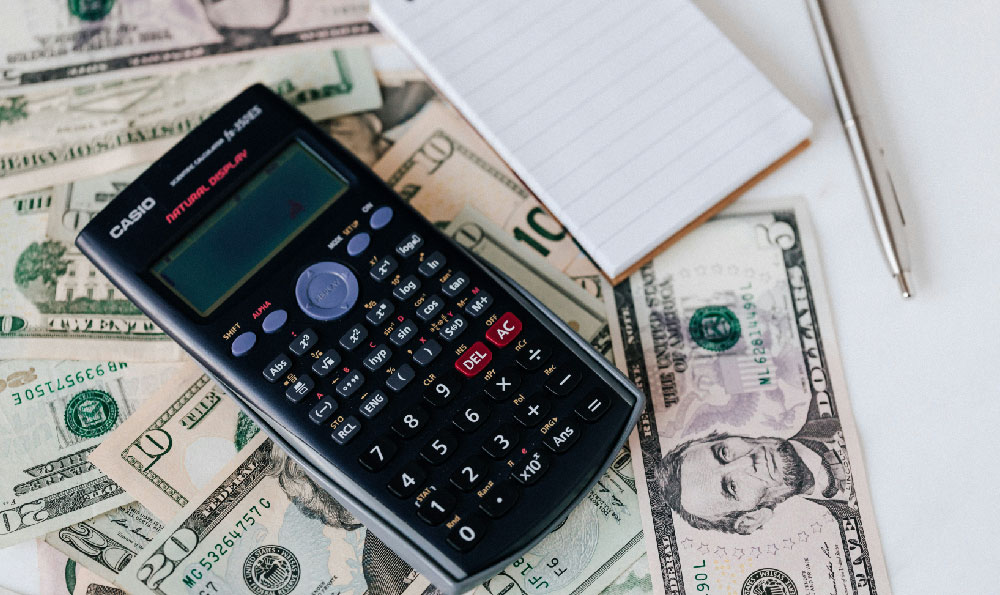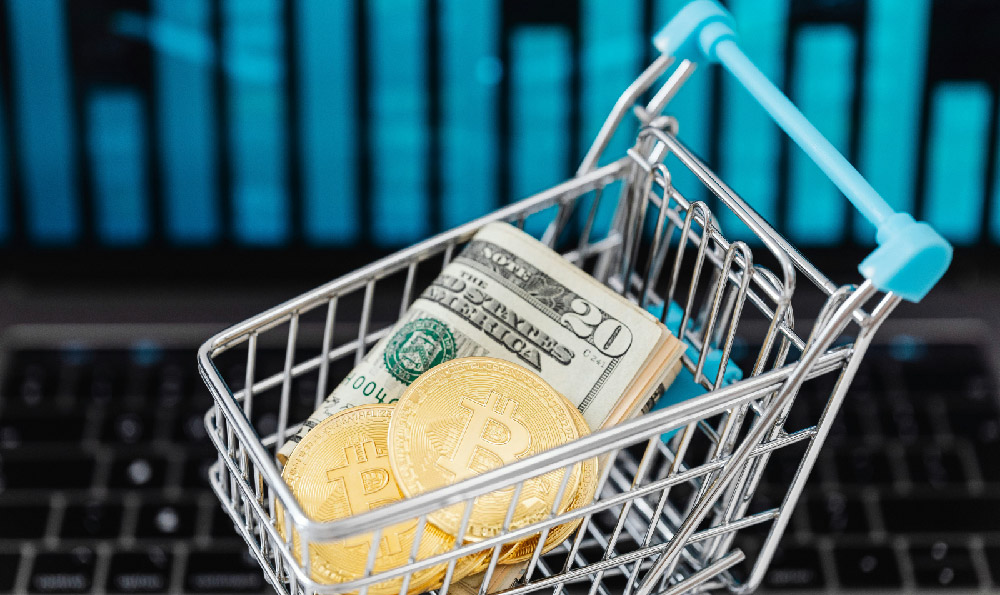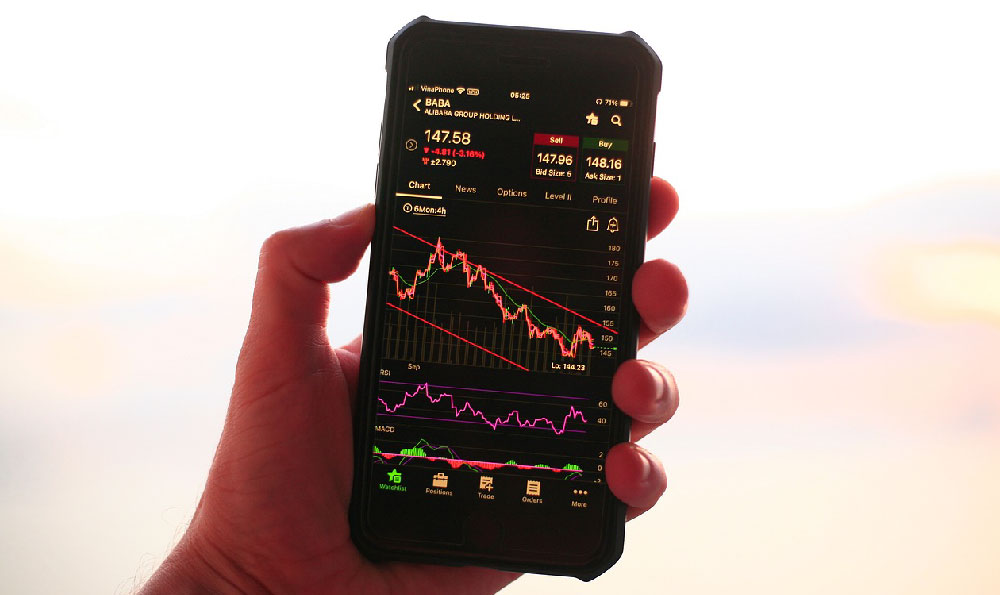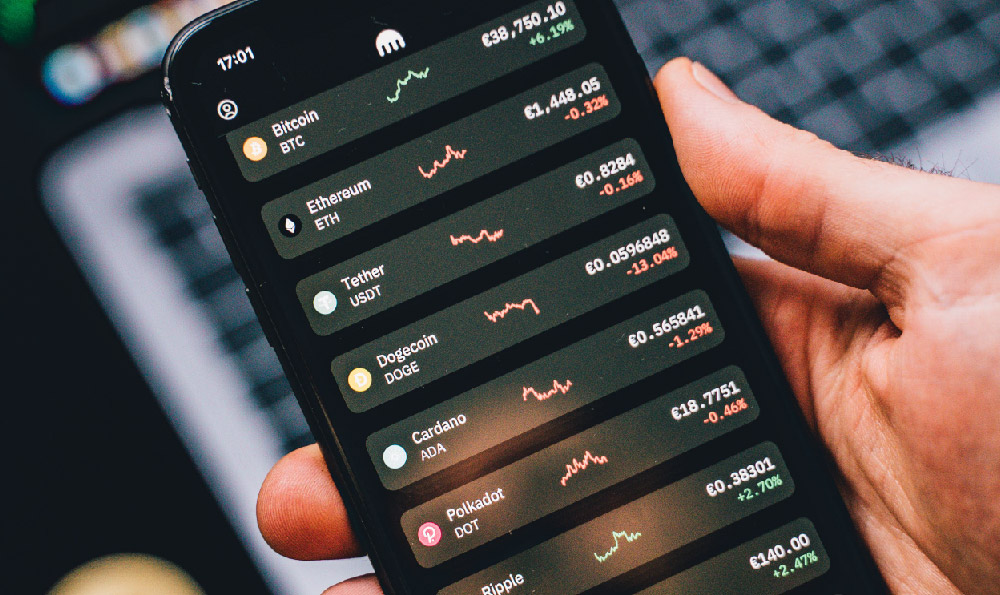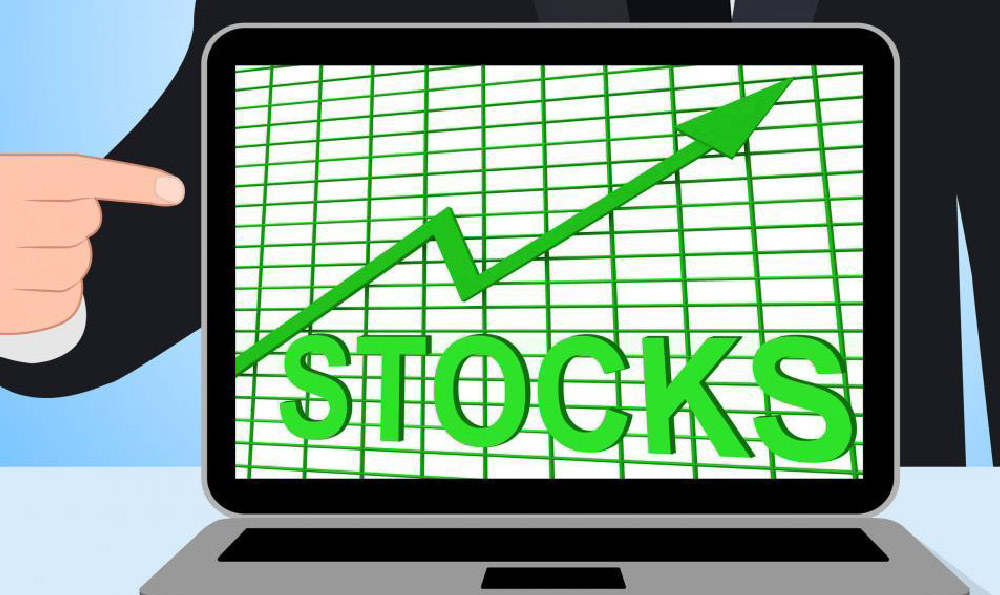Spotify has become one of the most influential platforms for music distribution and monetization, offering musicians a digital space to connect with global audiences. Understanding the nuances of earning income through Spotify is crucial for artists looking to build a sustainable career, as the platform’s value lies not just in its audience reach but in the diverse financial opportunities it presents. While the primary method of revenue generation involves sharing royalties from streams, there are additional avenues that can supplement income, helping musicians diversify their earnings. To effectively leverage these opportunities, it’s important to strategize with clarity and adapt to the evolving landscape of digital music.
One of the most straightforward ways to earn money on Spotify is through the standard royalty model. Every stream of a song generates a portion of revenue, which is then distributed to the artists based on their share of the royalties. The amount earned per stream is influenced by factors such as the subscription tier of the listener, the region where the stream occurs, and the specific licensing agreement between Spotify and the rights holders. For example, a stream from a Spotify Premium user contributes more than a stream from a free, ad-supported account. Additionally, artists receive a percentage of the revenue from ads played alongside their tracks, though this varies depending on the contract with Spotify. It's crucial for musicians to understand how the payment structure works, as it can significantly impact their overall earnings, especially when comparing different platforms. At the same time, there are several other lesser-known methods to generate income, including merchandise sales and brand partnerships, which require creative planning and a strong digital presence.
Merchandise sales have grown into a vital part of a musician’s revenue stream, particularly for those with dedicated fanbases. Spotify’s platform allows artists to create links to their online stores, enabling direct sales of physical or digital products. This method not only provides a steady income but also strengthens the bond between the artist and their fans. To maximize this potential, musicians should focus on creating high-quality, niche-specific merchandise that resonates with their audience. Additionally, integrating merch promotion into their Spotify artist profile can help increase visibility and drive traffic to their online stores. It's essential to track the performance of these links, as it can reveal valuable insights into which products are most popular and which promotional strategies are effective.
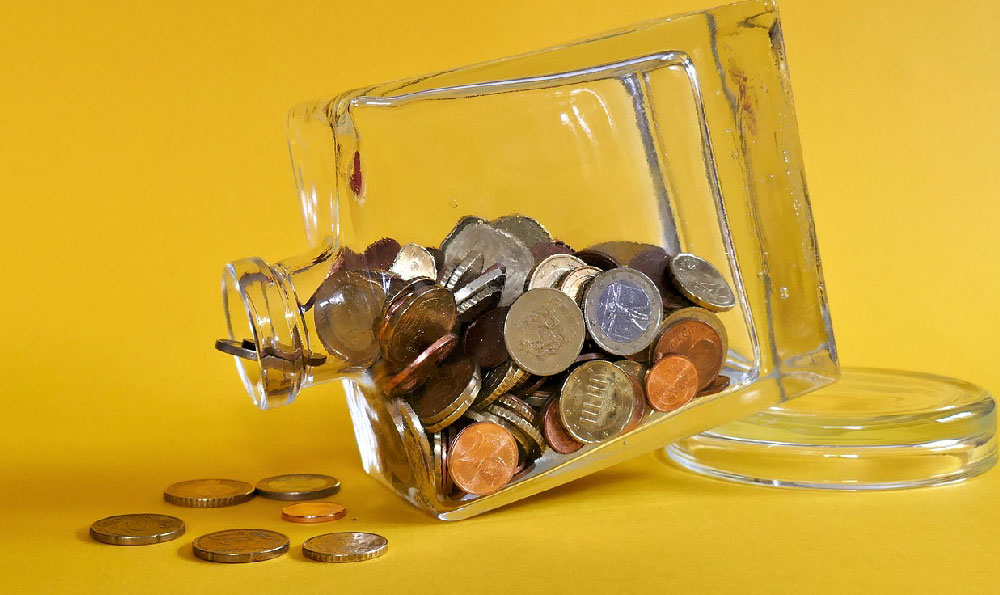
Brand partnerships and sponsorships are another avenue for monetization that can significantly boost an artist’s income. Many musicians collaborate with brands to create exclusive content, such as sponsored tracks, playlists, or collaborations with influencers. These partnerships are most beneficial when the artist has a recognizable brand identity and a substantial following. To attract brand deals, it’s important to maintain engagement with the audience while also building a professional online presence. Strategic use of Spotify for Artists tools can help in identifying the right brand partnerships, as they provide data on listener demographics and preferences. When negotiating with brands, it's important to emphasize the value of the artist's audience and how this can lead to increased brand exposure and customer engagement.
In addition to streaming and brand deals, musicians can explore other methods to generate income on Spotify. For example, promoting live events or tours through the platform can help increase ticket sales. Spotify’s event features allow artists to share upcoming shows and concerts with their audience, creating a direct link between the artist's presence on the platform and their real-world activities. Another method is to use Spotify for Artists to launch exclusive content, such as limited-time playlists or special collaborations, which can attract fan interest and promote a sense of exclusivity. These strategies can help in increasing audience retention and driving more streams, which in turn increases income.
Spotify also offers a range of features that can help musicians optimize their earnings. The Spotify for Artists dashboard provides detailed insights into streaming performance, audience demographics, and track popularity. Using this data, artists can make informed decisions about which tracks to promote, how to engage with their audience, and which strategies are most effective. Additionally, the platform’s recommendation algorithm can be leveraged to increase track visibility, leading to more streams and higher income. To make the most of these tools, it's important to consistently update the artist's profile, create compelling content, and engage with listeners in a meaningful way.
In summary, while streaming is the primary source of income for musicians on Spotify, there are several other methods that can supplement this revenue. From merchandise sales to brand partnerships and promotion of live events, each approach requires a unique strategy and a deep understanding of the platform’s mechanics. By leveraging Spotify for Artists tools and staying engaged with the audience, musicians can maximize their earnings and build a more sustainable career in the digital age. Regardless of the chosen method, it's essential to remain adaptable, as the music industry is constantly evolving and new opportunities are continually emerging.



